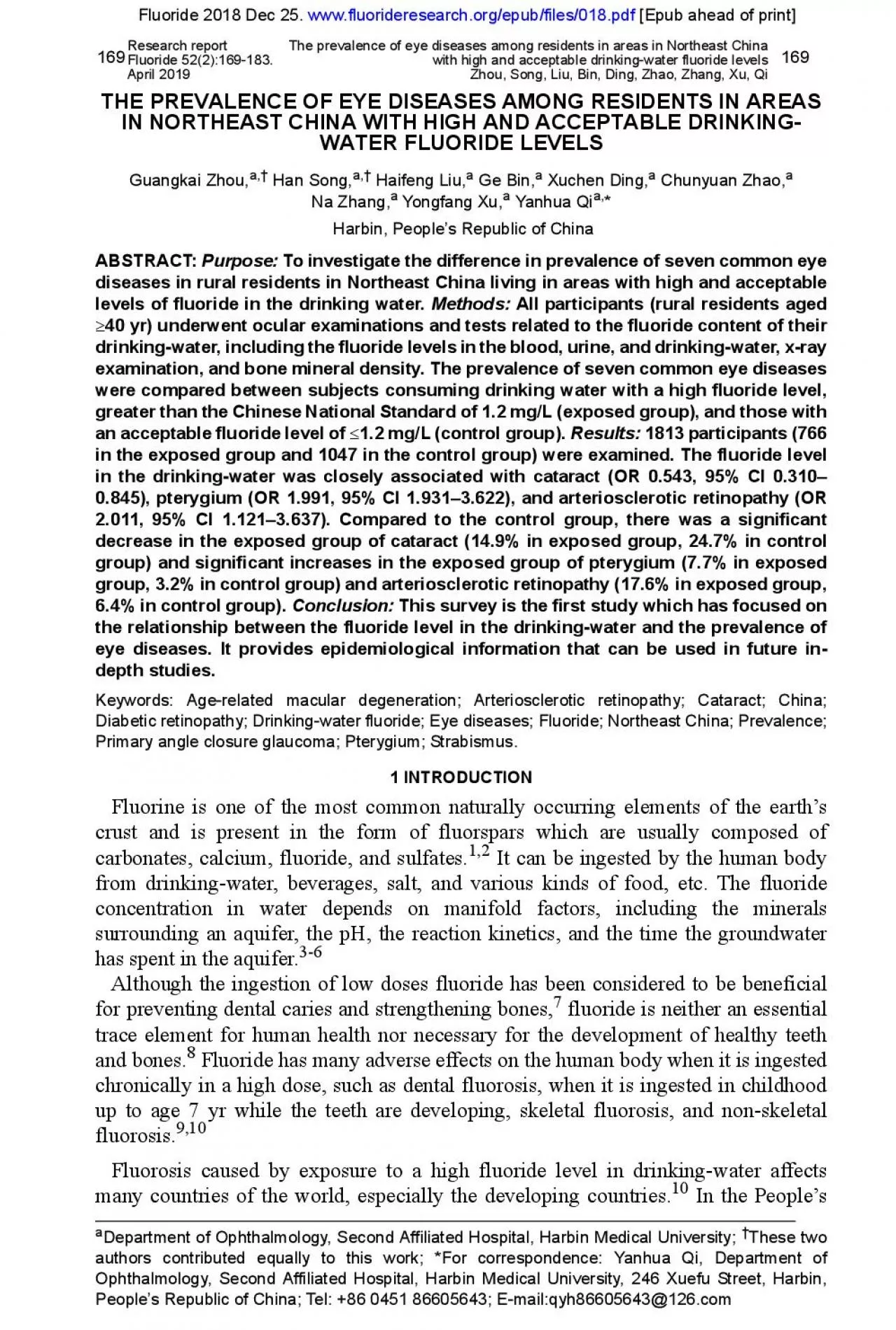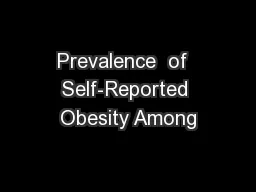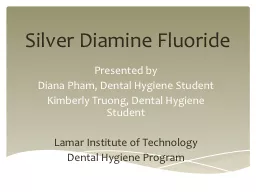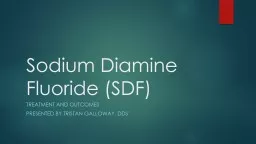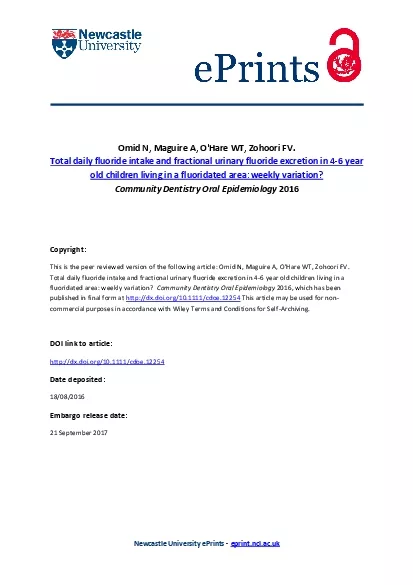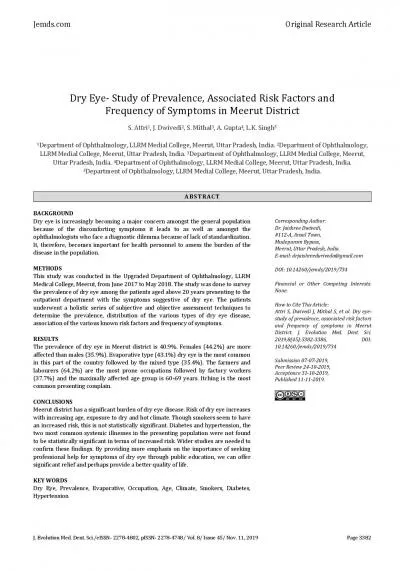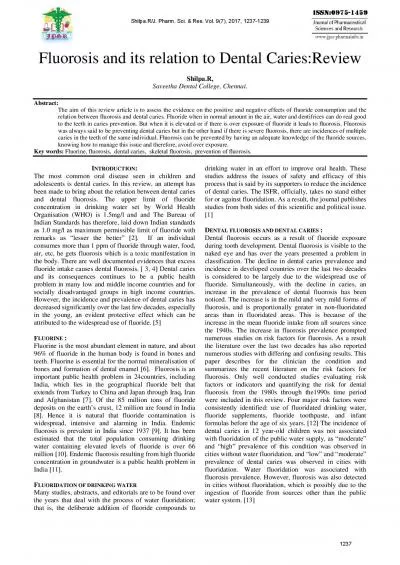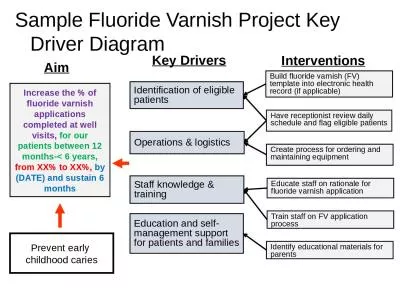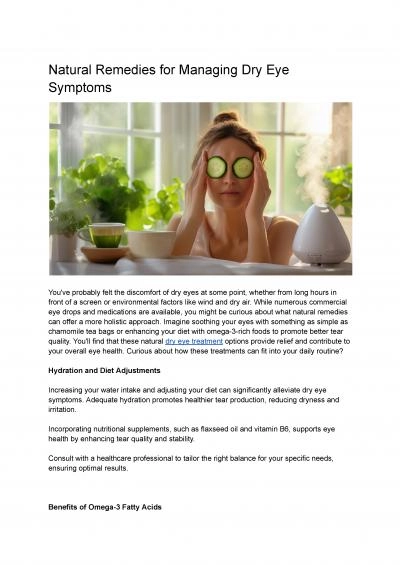PDF-Research report Fluoride 522169183April 2019The prevalence of eye
Author : kimberly | Published Date : 2022-08-16
Department of Ophthalmology Second Affiliated Hospital Harbin Medical University These twoauthors contributed equally to this work For correspondence Yanhua Qi Department
Presentation Embed Code
Download Presentation
Download Presentation The PPT/PDF document "Research report Fluoride 522169183April ..." is the property of its rightful owner. Permission is granted to download and print the materials on this website for personal, non-commercial use only, and to display it on your personal computer provided you do not modify the materials and that you retain all copyright notices contained in the materials. By downloading content from our website, you accept the terms of this agreement.
Research report Fluoride 522169183April 2019The prevalence of eye: Transcript
Download Rules Of Document
"Research report Fluoride 522169183April 2019The prevalence of eye"The content belongs to its owner. You may download and print it for personal use, without modification, and keep all copyright notices. By downloading, you agree to these terms.
Related Documents

